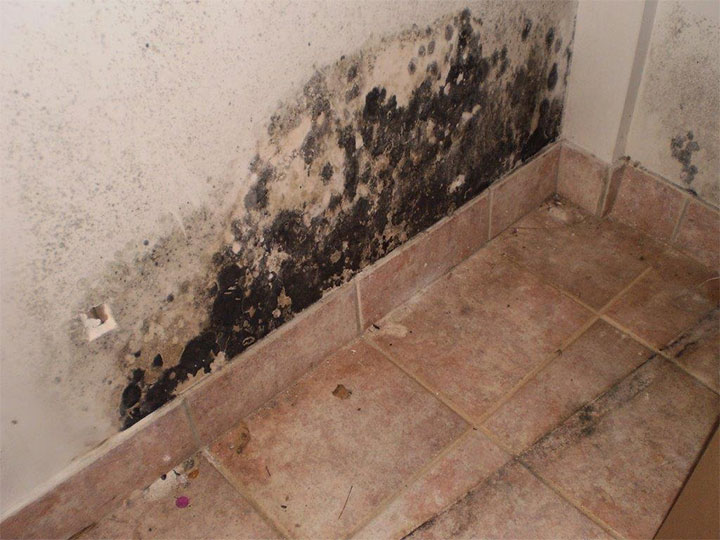Mold / Mycotoxins
Mold in the home or business can lead to adverse health effects as well as severe structural damage to buildings. The certified mold inspectors at A.E.S. specialize in testing and identifying mold as well as recommending the best method of remediation.
Molds are a type of fungus that can be found in soil, vegetation, and on dead or decaying organic substances. Outdoors, mold breaks down dead plant matter, which ultimately helps to nurse new plant growth. Indoors, however, destructive mold growth can occur on wood, paper, carpet, foods and on insulating materials. Unimpeded, mold can rot wood, ruin drywall and cause severe structural damage.
Mold spreads by producing tiny airborne spores that are invisible to the naked eye. When the spores land on moist surfaces, mold colonies begin to form, although mold growth on some surfaces sometimes may be invisible. Visible mold can be a variety of colors and may emit a musty or stale odor. Mold spores depend on moisture, warmth and oxygen to grow, so they tend to thrive in places such as damp basements, attics, poorly ventilated closets, behind walls, behind wallpaper, on acoustic ceiling tiles and where there are roof and plumbing leaks. It is not possible to eliminate mold spores completely, but controlling indoor moisture, mold growth can be prevented. Simply stated, when surfaces are dry, mold does not grow.
Molds generate allergens (substances that can cause allergic reactions), irritants and sometimes toxins (mycotoxins). Exposure to mold is possible through skin contact, inhalation and accidental ingestion of foods that are contaminated with mold. Molds have the potential to cause adverse health effects (mycotoxicosis). These effects can include but are not limited to: allergic reactions, asthma, hypersensitivity pneumonitis and irritation of the eyes, skin, nose, throat and lungs. The effect of mold on one’s health is dependent upon the degree of exposure and individual susceptibility.
Black Mold
The term “black mold” “toxic black mold” or “toxic mold” is not correct. Molds come in an assortment of colors: green, black, red, tan, white etc. The term “black mold” usually refers to the infamous mold called Stachybotrys chartarum (also known as Stachybotrys atra). There is a link to Stachybotrys and poor indoor air quality (IAQ) in homes and business.
For further information on mold and its effect on human health, visit the US EPA website.

